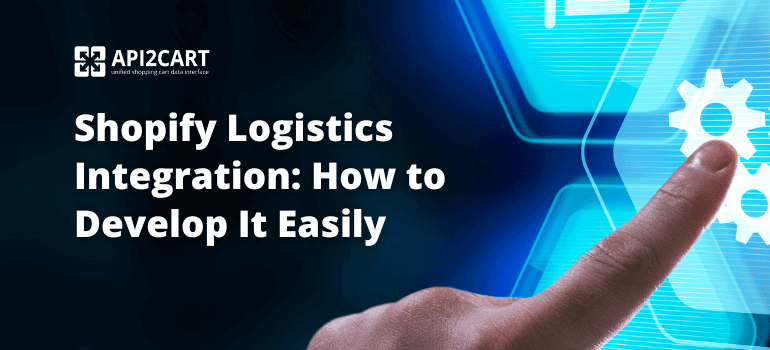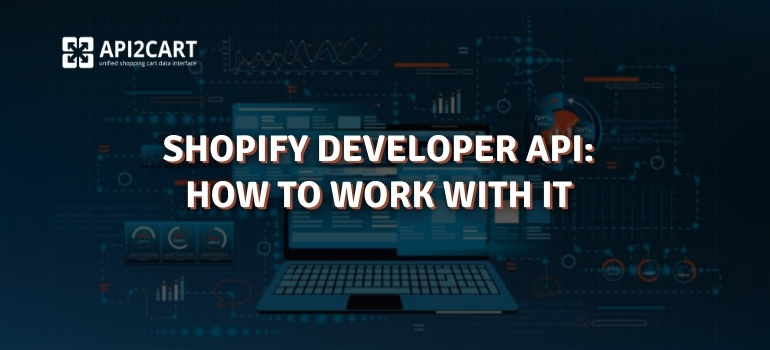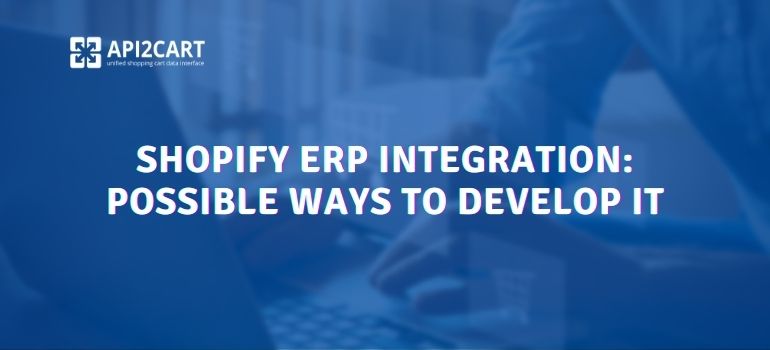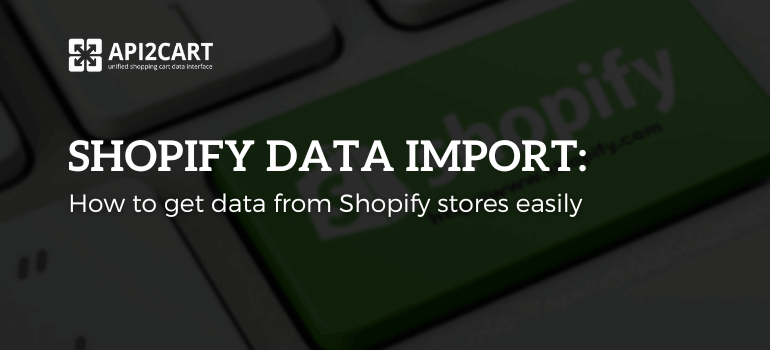
Shopify data import is essential for eCommerce software providers as it enables seamless synchronization with Shopify stores. By importing store data, software solutions can manage orders, control inventory, and perform real-time analysis across multiple sales channels, ensuring consistent and accurate information everywhere.
Whether it’s an inventory management tool, WMS, multichannel software, or order management system, access to store data is vital for smooth operation and delivering a fully functional eCommerce solution to clients using Shopify.
Below, we explain how to perform Shopify data import efficiently and how connecting your software to Shopify API helps you grow your business with reliable access to essential store data.
What is Shopify Data Import?
Shopify data import is the process of transferring essential store information—such as products, orders, customers, categories, inventory levels, and pricing—from Shopify stores into your software application. For SaaS providers, this capability is critical to deliver core features like automated order management, inventory synchronization, reporting, and multi‑channel selling.
Without reliable data import, software providers often face delays in onboarding new clients, inaccurate inventory across channels, or missed order updates that directly affect merchant satisfaction. Shopify data import solves these challenges by ensuring your application can access up‑to‑date store data quickly and securely, helping you deliver a more seamless and efficient user experience for your customers.
Using a specialized integration solution like API2Cart allows you to automate Shopify data import, reduce development costs, and avoid ongoing maintenance issues. Instead of building and supporting multiple custom connectors, you can use one unified API to access all necessary Shopify data and scale your solution faster.
Top 5 Reasons to Develop a Shopify API Integration
Connecting with Shopify, you’ll not just be able to get your software up and running in no time but also leverage countless other opportunities.
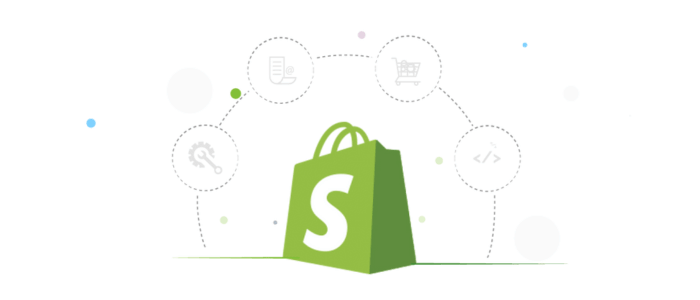
Below are some of the reasons why it is wise to focus on developing a Shopify API integration in 2025:
- Shopify is one of the most popular eCommerce platforms today, powering over 4.6 million live websites from more than 175 countries worldwide. If you need to scale your business globally and benefit from extensive international reach, then Shopify is a platform worth focusing on.
- You can dramatically boost your profits with a Shopify integration and data import since you’ll be able to reach more customers, which automatically means more business opportunities and leads. Whether you’re a shipping, ERP, multichannel, repricing, warehouse, or any other type of eCommerce software, you should consider integrating your system with Shopify to grow your business and increase your sales.
- A stable connection with Shopify will allow you to propose your software functionalities to millions of potential customers. This can help you fine‑tune your services and gain peace of mind knowing your software works flawlessly.
- Once you complete a Shopify integration, you’ll have unrestricted access to all the data from your clients’ Shopify stores. You’ll be able to work with order, customer, product, and category details. This way, you can easily extract and manipulate data according to the unique requirements of your software.
- Shopify’s global popularity means that a reliable integration with this platform allows your software business to succeed in the international market.
Main Shopify API Integration Difficulties You Should be Mindful Of
The processes of connecting your software with Shopify and performing Shopify data import are tedious and complex. As a result, you should expect to overcome several API integration challenges. In the case of Shopify, these integration difficulties are:
- Developing a complete end-to-end integration with Shopify is an extremely lengthy process that can take between 8 to 16 weeks to complete. Add to that the time it takes to find experienced developers, and you might end up spending months before you reach a successful integration.
- The actual integration process is quite a complex task in itself. You need to find experts who can set up advanced code and find their way around the pitfalls of Shopify code. Just like other shopping platforms out there, Shopify has its architecture and logic. So, there is nothing easy in developing a stable Shopify integration.
- The integration with Shopify is a costly process. You could pay up to $10k in integration costs and developer fees for just one connection. However, add to that the updating and maintenance costs, and you could look at well over $20k investment over several months.
Can you somehow avoid all of these challenges and get yourself a stable Shopify connection without wasting precious time and money? Yes. We’ll show how you can do it below.
How Can You Easily Connect to Shopify?
The easiest way to get your software connected to Shopify without spending countless weeks in the process is to use an integration solution such as API2Cart.
API2Cart is a unified shopping cart data interface that enables your solution to connect to Shopify and 60+ other platforms in no time at all. Our service eliminates the need for performing separate integrations and helps you save tens of thousands of dollars in integration costs. Additionally, it allows you to connect with millions of potential customers within just a few days.
With API2Cart, Shopify data import becomes easy. By managing integrations, updates, and tackling the maintenance part, API2Cart takes Shopify data integration's burden off your shoulders. It gives you the freedom to focus on growing your business.
Using a subscription-based price model, API2Cart offers you everything you need in order to run your business like a pro and never again miss any Shopify customer.
How to Perform Shopify Data Import?
Now that you’re aware of the benefits of using API2Cart to integrate your software with Shopify and other platforms, here is how you can quickly start performing Shopify data import:
- Step #1: Start free trial and get a free 14‑day account on API2Cart to test the functionality.
- Step #2: Add a Shopify store to your account by providing the required credentials (API key, password, and shared secret).
- Step #3: Start importing Shopify data into your system using API2Cart’s API methods and webhooks.
API2Cart provides a wide range of API methods to import and manage store data, including orders, taxes, categories, products, and customers. Contact us to learn more about how to leverage our unified API to perform seamless Shopify data import.
